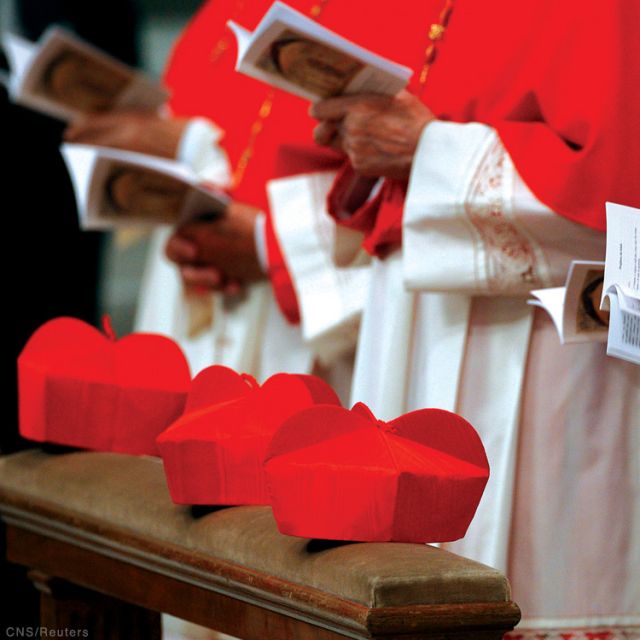As a cardinal priest, Collins will be one of the majority of cardinal electors — bishops and archbishops of dioceses around the world plus a few bishops who head up Vatican councils and committees are cardinal priests.
Bishops of the seven suburbicarian dioceses surrounding Rome, plus Eastern-rite patriarchs, are appointed to the order of bishops within the College of Cardinals. At present, that’s a total of 11 cardinal bishops.
In most cases, cardinal deacons either hold Vatican positions, such as Stanslaw Rylko, president of the Pontifical Council for the Laity, or they are distinguished priests above the age of 80 who have been honoured by the Pope with the order of cardinal. At their age they do not exercise a vote or even enter a consistory. Among those who will be made cardinal this year, 92-year-old Belgian history professor Fr. Julien Ries is an example of someone honoured by the Pope but not called on for active participation.
Cardinal deacons may request to be raised to the order of priests after 10 years.
Because the college of cardinals began as a body of distinguished Roman priests with responsibility for electing their bishop, about 150 Roman churches are set aside as titular churches for the cardinals. The cardinals have no responsibility for administering the churches, but they are encouraged to preach there when they are in Rome.
The word cardinal originally meant “hinge,” indicating their important role in running the diocese of Rome. The bird got its name from the red vestments cardinals wear.



